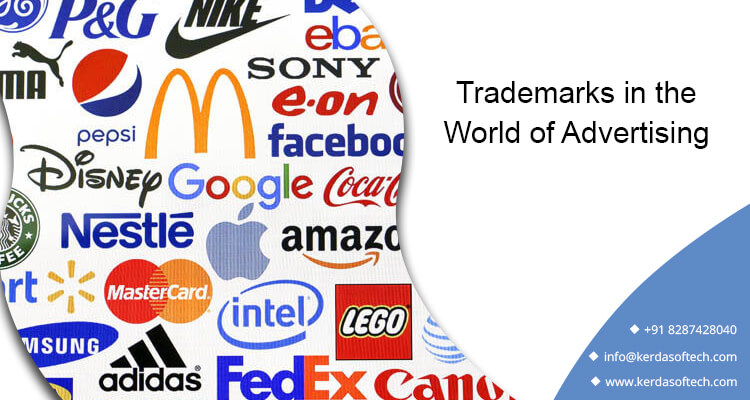
Whether you are planning to launch a marketing campaign or come up with new advertising, you are potentially opening yourself to trademark liability. In the present fast-paced economy and highly-competitive business world, business firms and companies are highly proactive of their unique creations and Intellectual Property (IP) and never hesitate to initiate legal proceedings against anyone who uses their registered words, symbols, logos, or slogans and infringes on their Registered Trademarks.
Nowadays, the stakes of spending an enormous amount of money on an advertising campaign and then receiving a ‘cease and desist’ order within a few days of launching it are way too high. Therefore, it has become essential to reduce the chances of receiving one of those dreaded legal letters and increasing your brand awareness by significantly analyzing and clearing your potential trademarks.
Without any doubt, there shall always be some risk involved in launching new advertising and marketing campaigns. Whether it relates to a wide-scale printing advertising campaign or a small-scale social media campaign, business companies and owners keep on monitoring each other for potential Trademark Infringement. The issue here is, even if your company or business isn’t violating or infringing on some other company’s Trademark Rights, just the mere expense of fighting a lawsuit can be more significant than the costs of scrapping the marketing or advertising campaign and starting fresh.
So let’s make ourselves familiar with a few practices that companies can use to avoid the pitfalls in which they may fall while coming up with a brand new advertising campaign.
1- Make Sure to Analyze and Examine your Trademarks by Performing a Clearance Search
When you decide to launch a new marketing campaign, you must begin by analyzing what distinctive elements of your campaign potentially implicate the Trademark Law. Many people across the globe aren’t aware of the fact that along with words and logos, even the sounds, colors, and movements can be registered as trademarks and obtain Trademark Protection if they are capable of uniquely identifying a single company or source. Besides, it is imperative to know that descriptive and generic phrases or words are least likely to obtain trademark protection, until and unless a company has spent a massive amount of time and money in associating all customer recognition to that one brand. For instance, the phrase ‘American Airlines’ is descriptive; however, there is only one American Airlines®. On the other hand, phrases or words that may require an additional step to connect with the products or services can be registered as trademarks, such as Mr. Clean, for cleaning solutions. After identifying the potential trademarks, you must look forward to performing a comprehensive Trademark Search to come across any company already using something identical for related products or services.
2- Always Review your Use of Someone Else’s Intellectual Property
Comparative advertising is indeed a powerful and efficient tool for making your brand, product, or service stand out. There is an entire law surrounding the issue of fake advertising; however, under trademark law, it is necessary to be aware of the fact that you have certain strict limits concerning the use of someone else’s trademark in your advertising campaign. The crucial factor here is whether your use of the trademark is likely to create confusion in the minds of the customers or not. Additionally, you should also be very careful while using another person’s images, artistic works, or drawings without their legal permission as such works are protected under Copyright Law.
3- Don’t Forget to Monitor the Marketplace
Monitoring the marketplace yourself to ensure that nobody is improperly using your trademarks is of utmost importance. If another company’s or individual’s trademark is similar to your registered trademark, then your brand and business can suffer through irreparable harm and lose its strength. For instance, the same name for two different products, like ‘Dove’ chocolate and ‘Dove’ soap shall significantly reduce the distinctiveness for both the brands.

